Description
Oxycodone 20 mg
Oxycodone , which is sold under the brand name OxyContin among others , is an opioid drug used to treat moderate to severe pain. It is usually taken by mouth and is available in immediate – release and controlled -release formulations .
Oxycodone is used to treat moderate to severe pain.
The extended- release form of oxycodone is for around-the-clock treatment of pain and should not be used on an as-needed basis for pain.
Warnings
You should not use oxycodone if you have severe asthma or breathing problems or have a blockage in your stomach or intestines.
ABUSE OF OPIOID DRUGS CAN CAUSE DEVIATION, OVERDOSAGE, OR DEATH . Store the medicine in a place where others cannot reach it.
Taking oxycodone during pregnancy can cause life-threatening withdrawal symptoms in the newborn.
Fatal side effects can occur if you use opioid medications with alcohol or with other drugs that cause drowsiness or slow breathing.
Oxycodone can slow or stop breathing. This is more likely in elderly or sick patients, but can occur in anyone taking this medicine.
Before taking this medicine
You should not use oxycodone if you are allergic to it or if you have:
severe asthma or breathing problems or
a blockage in the stomach or intestines.
You should not use this medicine if you are already using a similar opioid medicine and are tolerant to it. Do not use this medicine if you have used an MAO inhibitor in the last 14 days, such as isocarboxazid, linezolid, phenelzine, rasagiline, selegiline, or tranylcypromine , or have received a methylene blue injection.
Most brands of oxycodone are not approved for use in people under the age of 18. OxyContin should not be given to children younger than 11 years of age.
To make sure this medicine is safe for you, tell your doctor if you have ever had:
breathing problems, sleep apnea a head injury, brain tumor or seizures; drug or alcohol addiction or mental illness; lung disease; liver or kidney disease
adrenal gland disease (such as Addison’s disease; urination problems; or problems with the gallbladder or pancreas.
If you use opioid medication while you are pregnant, your baby may become dependent on the medication. This can cause life-threatening withdrawal symptoms in the baby after birth. Babies born addicted to opioids may need medical treatment for several weeks. Tell your doctor if you are pregnant before using oxycodone. If you become pregnant while taking oxycodone, do not stop your medication suddenly without talking to your doctor. You may need to reduce your medication gradually.
Oxycodone 30 mg
Ask a doctor before using oxycodone if you are breast-feeding. Tell your doctor if you experience severe sleepiness or slow breathing in the nursing baby.
How should I use oxycodone?
Take oxycodone exactly as directed. Follow the directions on your prescription label and read all medication guides. Never use this medicine in larger amounts or for longer than prescribed. Tell your doctor if you feel an increased urge to take more oxycodone.
Never share opioid medication with another person, especially someone with a history of drug abuse or addiction. ABUSE MAY cause addiction, overdose or death. Store the medicine in a place where others cannot reach it. Selling or giving away opioid medication is against the law.
Stop taking all other opioid pain relievers around the clock when you start taking oxycodone extended-release.
Bring food.
Swallow the capsule or tablet whole to avoid exposure to a potentially fatal overdose. Do not crush, chew, break, open or dissolve.
If you cannot swallow a capsule whole, open it and sprinkle the medicine into a spoonful of pudding or applesauce. Swallow the mixture straight away without chewing. Do not save it for later use.
Never crush or break an oxycodone pill to inhale the powder or mix it with a liquid to inject the drug into your vein. This can cause in death.
Measure liquid medication carefully. Use the supplied dosing syringe or use a dose meter (not a kitchen spoon).
You should not stop using oxycodone suddenly. Follow your doctor’s instructions to gradually reduce your dose.
Store at room temperature, away from heat, moisture and light. Keep track of your medication. Oxycodone is a drug of abuse and you should be aware if someone is using your medication incorrectly or without a prescription.
Oxycodon e, sold under the brand name OxyContin among others , is an opioid drug used to treat moderate to severe pain. It is usually taken by mouth and is available in immediate – release and controlled -release formulations .
Oxycodone is used to treat moderate to severe pain.
The extended- release form of oxycodone is for around-the-clock treatment of pain and should not be used on an as-needed basis for pain.
Warnings
You should not use oxycodone if you have severe asthma or breathing problems or have a blockage in your stomach or intestines.
ABUSE OF OPIOID DRUGS CAN CAUSE DEVIATION, OVERDOSAGE, OR DEATH . Store the medicine in a place where others cannot reach it.
Taking oxycodone during pregnancy can cause life-threatening withdrawal symptoms in the newborn.
Fatal side effects can occur if you use opioid medications with alcohol or with other drugs that cause drowsiness or slow breathing.
Oxycodone can slow or stop breathing. This is more likely in elderly or sick patients, but can occur in anyone taking this medicine.
Before taking this medicine
You should not use oxycodone if you are allergic to it or if you have:
severe asthma or breathing problems or
a blockage in the stomach or intestines.
You should not use this medicine if you are already using a similar opioid medicine and are tolerant to it. Do not use this medicine if you have used an MAO inhibitor in the last 14 days, such as isocarboxazid, linezolid, phenelzine, rasagiline, selegiline, or tranylcypromine , or have received a methylene blue injection.
Most brands of oxycodone are not approved for use in people under the age of 18. OxyContin should not be given to children younger than 11 years of age.
To make sure this medicine is safe for you, tell your doctor if you have ever had:
breathing problems, sleep apnea
a head injury, brain tumor, or seizures;
drug or alcohol addiction or mental illness;
lung disease;
liver or kidney disease
adrenal gland disease (such as Addison’s disease;
urination problems; or
problems with the gallbladder or pancreas.
If you use opioid medication while you are pregnant, your baby may become dependent on the medication. This can cause life-threatening withdrawal symptoms in the baby after birth. Babies born addicted to opioids may need medical treatment for several weeks. Tell your doctor if you are pregnant before using oxycodone. If you become pregnant while taking oxycodone, do not stop your medication suddenly without talking to your doctor. You may need to reduce your medication gradually.
Ask a doctor before using oxycodone if you are breast-feeding. Tell your doctor if you experience severe sleepiness or slow breathing in the nursing baby.
How should I use oxycodone?
Take oxycodone exactly as directed. Follow the directions on your prescription label and read all medication guides. Never use this medicine in larger amounts or for longer than prescribed. Tell your doctor if you feel an increased urge to take more oxycodone.
Never share opioid medication with another person, especially someone with a history of drug abuse or addiction. ABUSE MAY cause addiction, overdose or death. Store the medicine in a place where others cannot reach it. Selling or giving away opioid medication is against the law.
Stop taking all other opioid pain relievers around the clock when you start taking oxycodone extended-release.
Bring food.
Swallow the capsule or tablet whole to avoid exposure to a potentially fatal overdose. Do not crush, chew, break, open or dissolve.
If you cannot swallow a capsule whole, open it and sprinkle the medicine into a spoonful of pudding or applesauce. Swallow the mixture straight away without chewing. Do not save it for later use.
Never crush or break an oxycodone pill to inhale the powder or mix it with a liquid to inject the drug into your vein. This can cause in death.
Measure liquid medication carefully. Use the supplied dosing syringe or use a dose meter (not a kitchen spoon).
You should not stop using oxycodone suddenly. Follow your doctor’s instructions to gradually reduce your dose.
Store at room temperature, away from heat, moisture and light. Keep track of your medication. Oxycodone is a drug of abuse and you should be aware if someone is using your medication incorrectly or without a prescription.

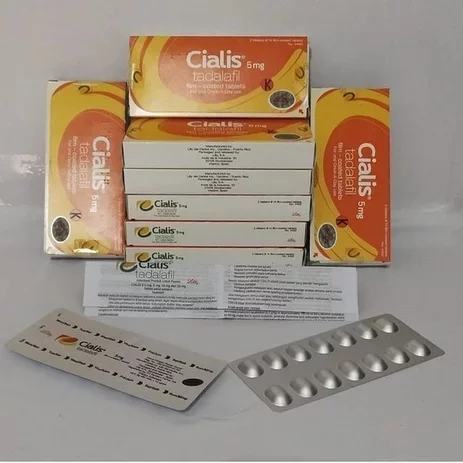
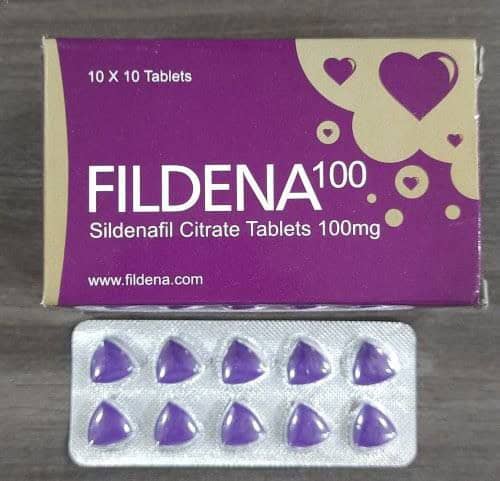
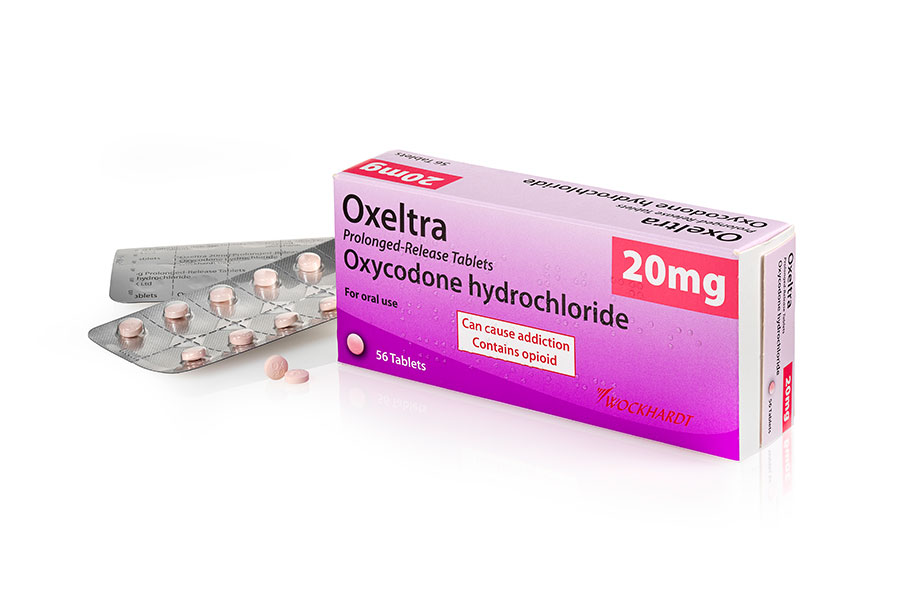
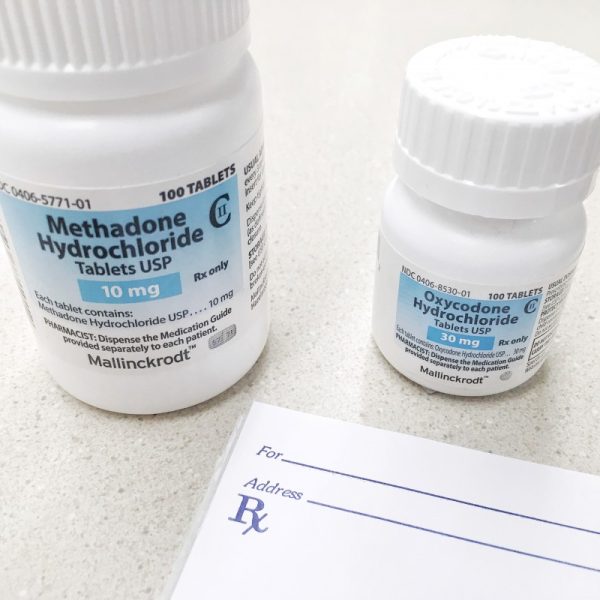
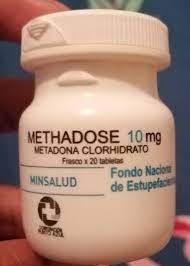
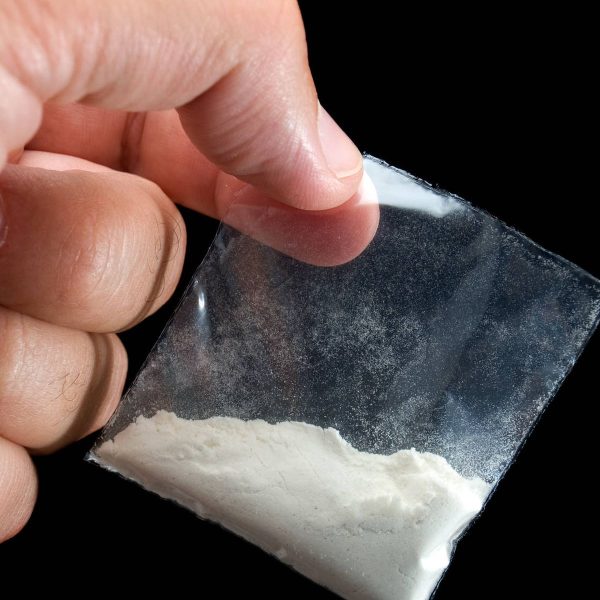

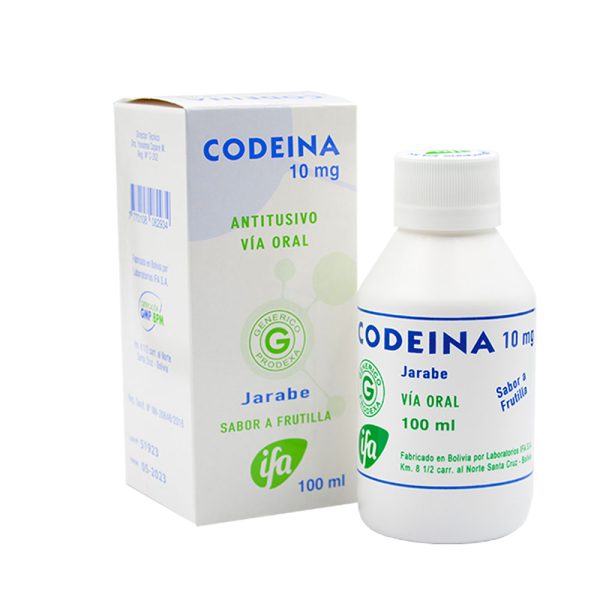


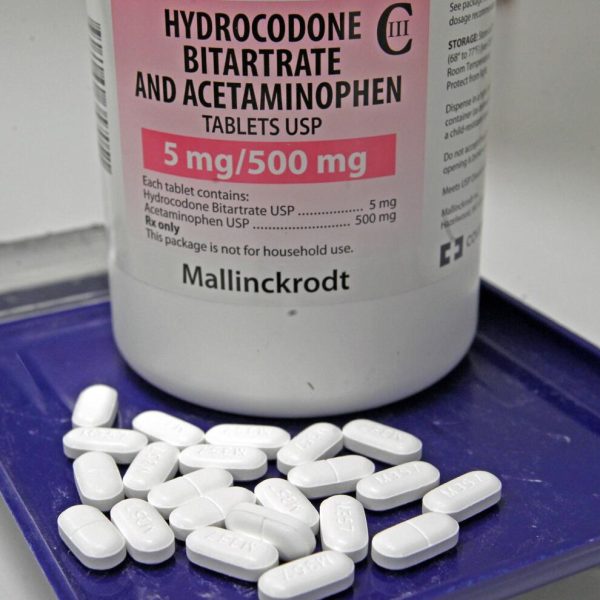
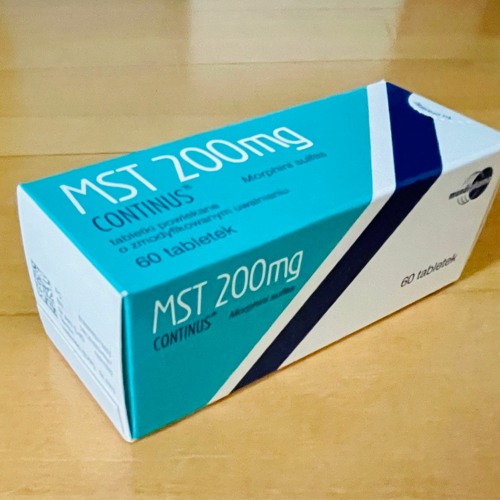

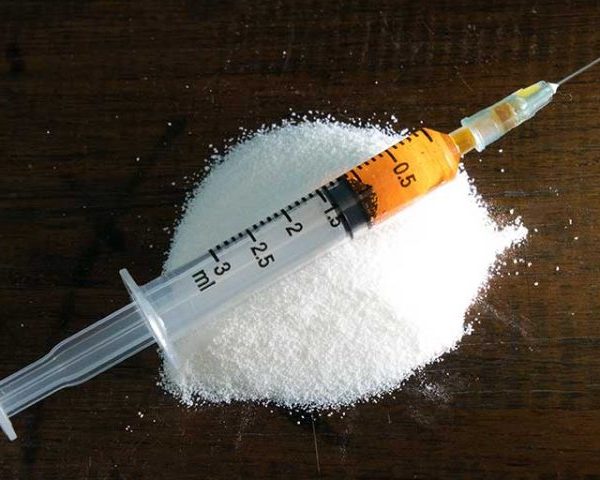
Reviews
There are no reviews yet.